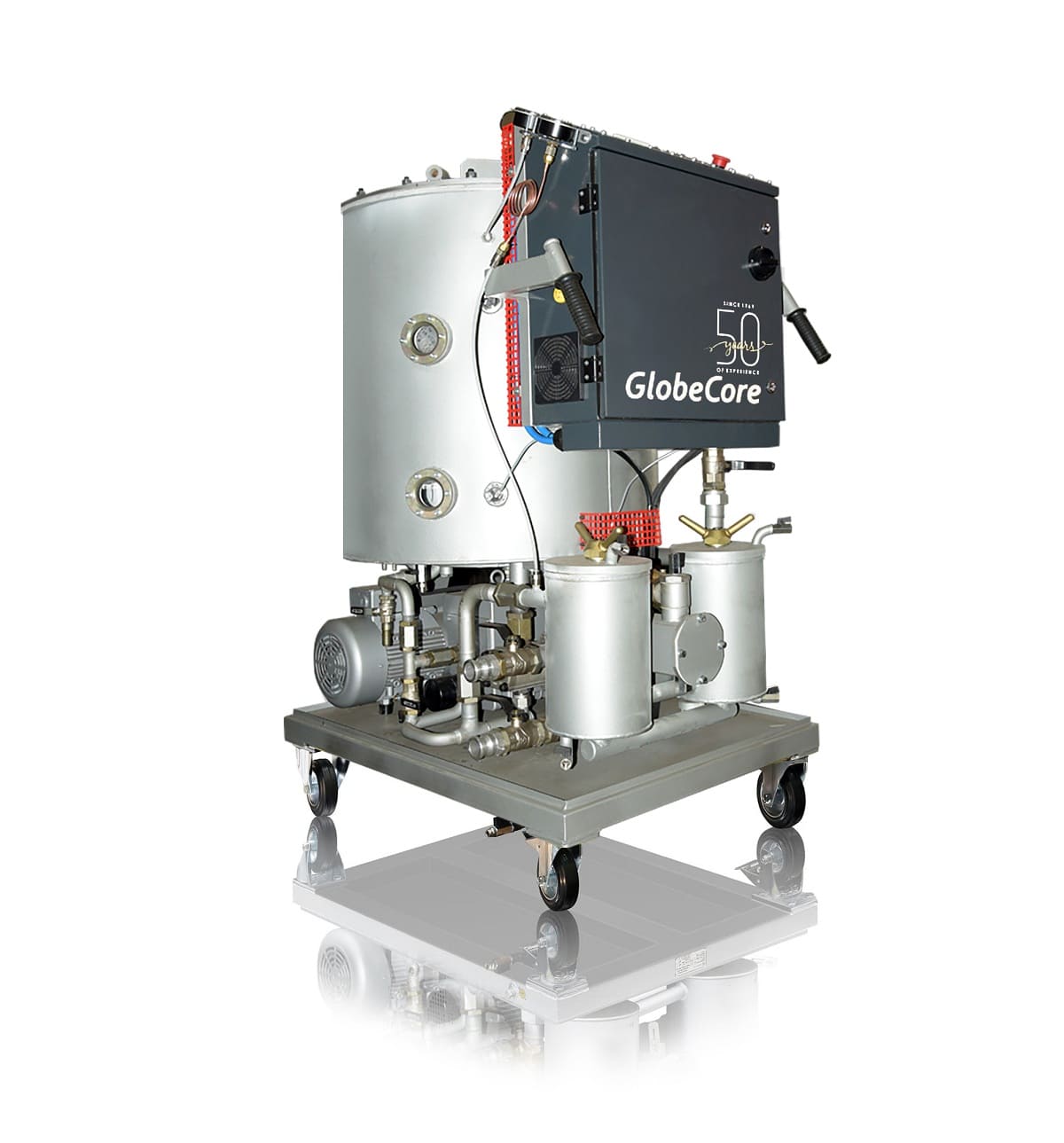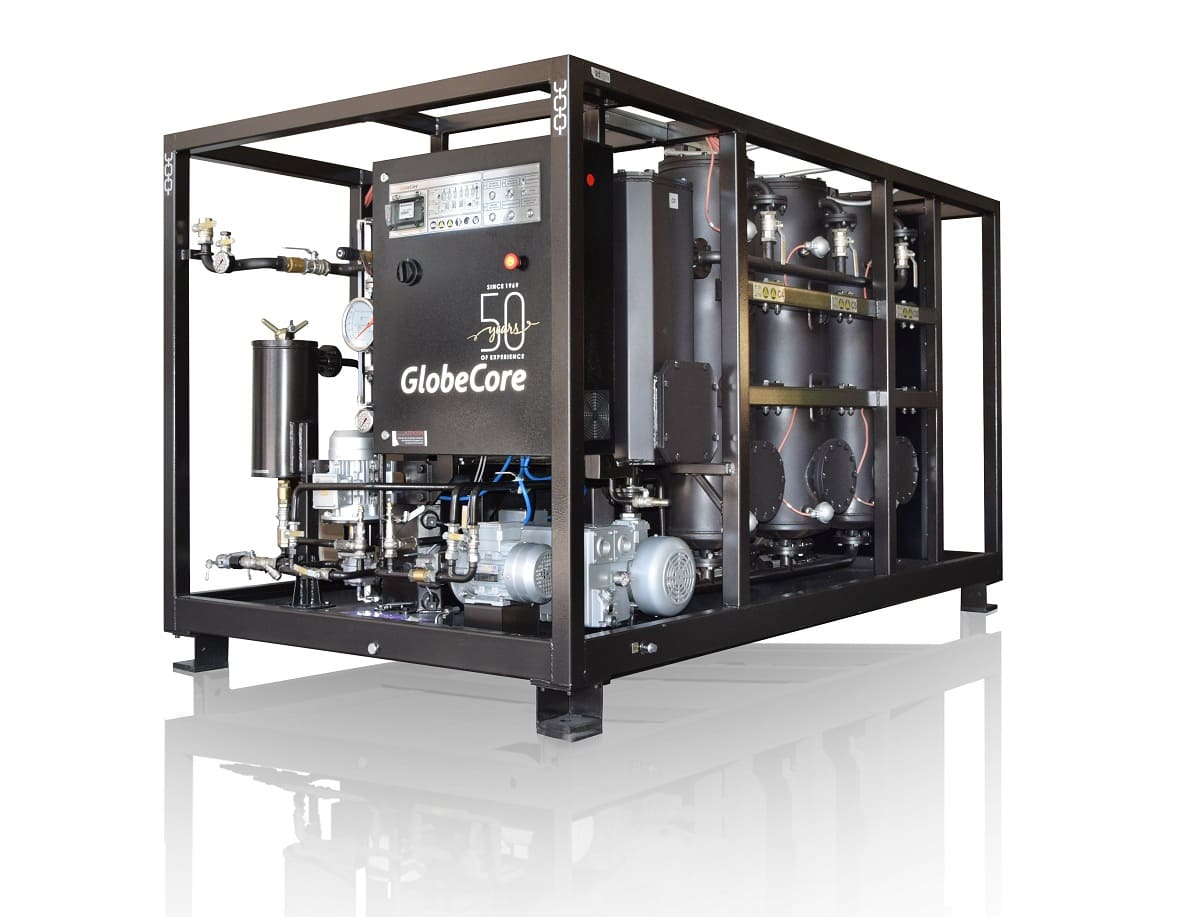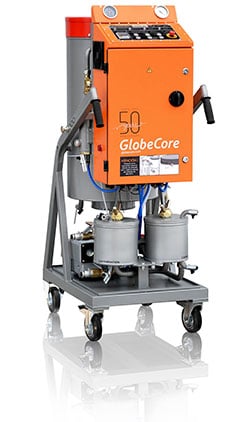How do Hydraulic Oil Performance Metrics help in assessing the health of a hydraulic system?
- This topic has 0 ข้อความตอบกลับ, 1 เสียง, and was last updated 1 year, 2 months มาแล้ว by .
Answers
-
ตุลาคม 4, 2024 เวลา 3:12 pm by Amanda Moore
Hydraulic Oil Performance Metrics are essential tools for assessing the health and efficiency of a hydraulic system. These metrics, which include viscosity, oxidation stability, moisture content, acid number, and particle count, provide comprehensive insights into the condition of the hydraulic oil and, by extension, the system itself. Viscosity measurements ensure that the oil maintains optimal flow characteristics for effective lubrication and energy transmission. Oxidation stability indicates the oil’s resistance to chemical breakdown, preventing the formation of corrosive acids and sludge that can damage system components. Moisture content assessments reveal the presence of water, which can impair dielectric properties and accelerate corrosion. The acid number measures the concentration of acidic byproducts, signaling potential oil degradation and corrosion risks. Particle count evaluations detect contaminants that can cause abrasive wear and clog filters. By regularly monitoring these performance metrics, maintenance teams can identify early signs of oil degradation, contamination, or system inefficiencies, allowing for timely interventions such as purification, filtration, or oil replacement. This proactive approach ensures the continued reliability, efficiency, and longevity of hydraulic systems, preventing costly downtime and equipment failures.



